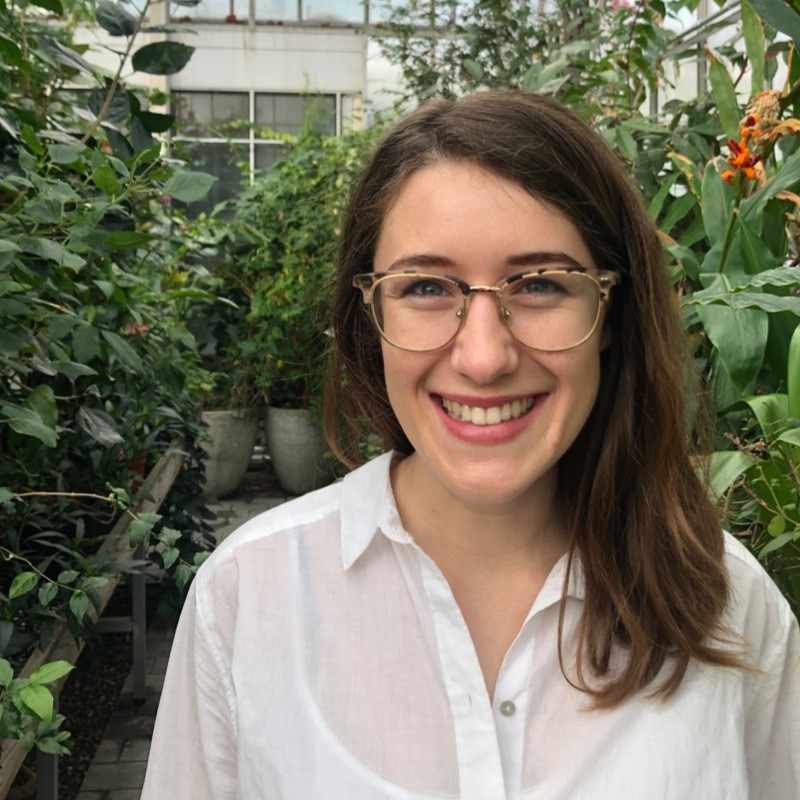About 95% of a nonprofit’s revenue come from 5% of its donors. Most times, that 5% consists of principal donors, and they are the exact kind of donors that nonprofits need to create a segment for and steward strategically.
This article will define principal gifts and offer three best practices for principal gifts fundraising:
What Are Principal Gifts?
Principal gifts are the largest gifts that an organization can receive. The size of a principal gift will generally scale with a nonprofit’s size. For some nonprofits, principal gifts may be larger than $500,000, while for others, they could be greater than $10,000,000.
1. Define the Problem AI Solves
Principal gifts are much bigger than major gifts. They are also fewer and farther between, but if your organization can secure one principal gift, it can change the trajectory of your work.
Fundraisers will often work for years on soliciting a principal gift because they are so large, whereas a major gift will not often require so much effort. Principal gifts can also come in forms other than cash, like in-kind donations or assets such as properties or artwork.
Gifts of this size can require an extensive amount of forethought and planning on behalf of donors because they are so large and often come in forms other than cash. They may plan a gift for years, which requires more resources for solicitation than most major gifts.
How Well Do You Know Your Donors?
Find out which donors are best suited for your next fundraising campaign with this FREE Donor Profile Template.
Despite all of the extra resources that a principal gift requires of your fundraising team, the payoff can be (literally) huge. Here are three best practices we recommend for acquiring principal gifts:
Best Practices For Acquiring Principal Gifts
1. Map out your principle gift cycle
Principal gifts require a specialized solicitation process and strategy. A gift of this size is a large commitment by principal gift donors. Choosing your organization says a lot about them as individuals or businesses, so they may need more time and engagement with your organization to feel committed enough to make the donation, especially when gifts of this size are covered in the media.
Consider creating a specific principal gift strategy tailored to the needs of principal gift donors. Because this gift cycle will likely be drawn out over many years, the cycle will also look different. Here are four steps of the principal gift-giving cycle to keep in mind:
A. Identification
At the identification stage, capacity and inclination are the two factors that will help you determine whether to qualify a principal donor.
Capacity at this level of fundraising refers to wealth. You should set up wealth indicators in your CRM so that you are notified when donors become capable of a principal gift.
Inclination is the other important indicator to qualify a donor. Donors may have the capacity to give to your organization but, when considering their inclination, you evaluate how much of a philanthropic priority your organization is to them.
Indicators of inclination that you should watch in your database include: having a personal connection to your services, recency of their past gifts, event attendance, volunteer frequency, etc.
B. Cultivation
Cultivation involves getting to know the prospects you’ve identified. It involves improving your relationship with the prospects and communicating the impact of their potential contributions.
Your organization’s goals and mission must align with the prospects’ philanthropic motivations. By cultivating your donor relationship, you can establish common grounds to help the next stage of the process be more straightforward.
C. Solicitation
Solicitation is a critical, delicate process, especially when targeting principal donors and gifts. At this stage, you should have solidified your relationship with the donor or prospect. If you’ve done that, you can ascertain the right ask amount and the ideal time to ask. You could also use KIT to make these predictions based on existing data.
D. Stewardship
You may be inclined to ignore the stewardship stage after a principal gift has been contributed, thinking the donor may be done with your organization. However, this stage is vital for showing gratitude to your principal donors and highlighting their contribution’s impact.
While the donor may not make another principal gift (never say never though), they are now advocates of your nonprofit organization. They may want to help in other ways, such as donating time and expertise or connecting you to other donors.
Download FREE Thank You Letter Templates
Saying “thank you” is a vital part of a nonprofit fundraising strategy. Use these templates to craft general, campaign, and impact-focussed thank you messages.
2. Engage Your Team
Soliciting a principal gift requires the collective effort of your entire nonprofit team. As a personalized gift, principal gifts need to be approached using a well-thought-out strategy that considers every facet of the process. There are two best practices for staff managing personalized gifts: centralized and decentralized.
Either a fundraiser is deeply embedded in a unit (such as a program or an academic faculty), making them an expert in fundraising for that field (decentralized); or they are housed in an overarching fundraising department that oversees fundraising across factions, making them experts in the overall fundraising strategy (centralized).
That said, there are pitfalls to both strategies, so we recommend a hybrid staffing model that takes a team approach to principal gift fundraising. Rather than having one fundraiser manage a relationship with a principal donor, a team should manage that relationship.
Involve someone from the fundraising department who can bring in a high-level perspective of the organization’s overarching fundraising strategy and someone from the front line fundraising team in the faction that the gift will impact to build a deep relationship with a donor.
Since the principal donor acquisition and solicitation process may take years, roles may shift, and turnover may occur in the time that it takes for one principal gift cycle to run its course. If a donor has multiple points of contact on your team, they will feel less left behind as these roles shift.
Gather contributors and team members for regular fundraising strategy meetings so you can get all perspectives on decisions and keep everyone working together. This holistic perspective means that the principal gift cultivation and stewardship process will be seamless for the donor and efficient for your team.
3. Outline Your Prospect Pipeline
Ensuring that your prospect pipeline is always full is key in principal gifts fundraising because the process from prospect to donation takes a while. If your pipeline has gaps, it can take years to fill it back up for a consistent stream of principal donors.
Keep in mind that your nonprofit may only receive a principal gift every three years, but if you don’t have prospects in the pipeline, that gap may widen to 5 years, simply because that may be how long the cultivation takes.
There are two strategies that we recommend for building your prospect pipeline:
A. Use wealth data technologies
Several wealth screening tools can help you find principal gift prospects. You can use them to identify donors with wealth indicators and predict their capacity and inclination. Some tools to consider are Wealth Engine and Donorsearch, both of which integrate easily with KIT.
B. Leverage your network of donors
Many of your existing donors want to give more than just money! They are involved with your organization because they care about its cause. If you ask, they may just know someone who may be your next principal donor.
These connections are extra valuable because they are a warm connection; the principal gift prospect already has a relationship with your donor so that they may be more open to you, as a fundraiser, or your organization.
Plan Your Next Campaign With This
FREE Gift Range Calculator
Use this tool to help you predict how much you’ll raise from your prospects. This tool works for campaigns, annual revenue estimates, or fundraising events!
Principal gift fundraising can transform your organization and significantly boost your fundraising outcomes. With these tips and best practices, you can help your organization attract more principal gift prospects and acquire more principal donors.

Ally Smith
Content Writer at Fundraising KIT
With a passion for nonprofit innovation, Ally has spent her career helping build community capacity and helping supporting social innovation as a customer success manager turned, youth worker, turned social researcher.
After leaving the tech start-up landscape, she pursued a Master’s in Philanthropy and Nonprofit Leadership and has since supported nonprofits to innovate and grow. A Canadian ex-pat and social entrepreneur based in Edinburgh, she enjoys hiking, baking bread in a panic, and pursuing the full Scottish experience- rain and rugby included!







